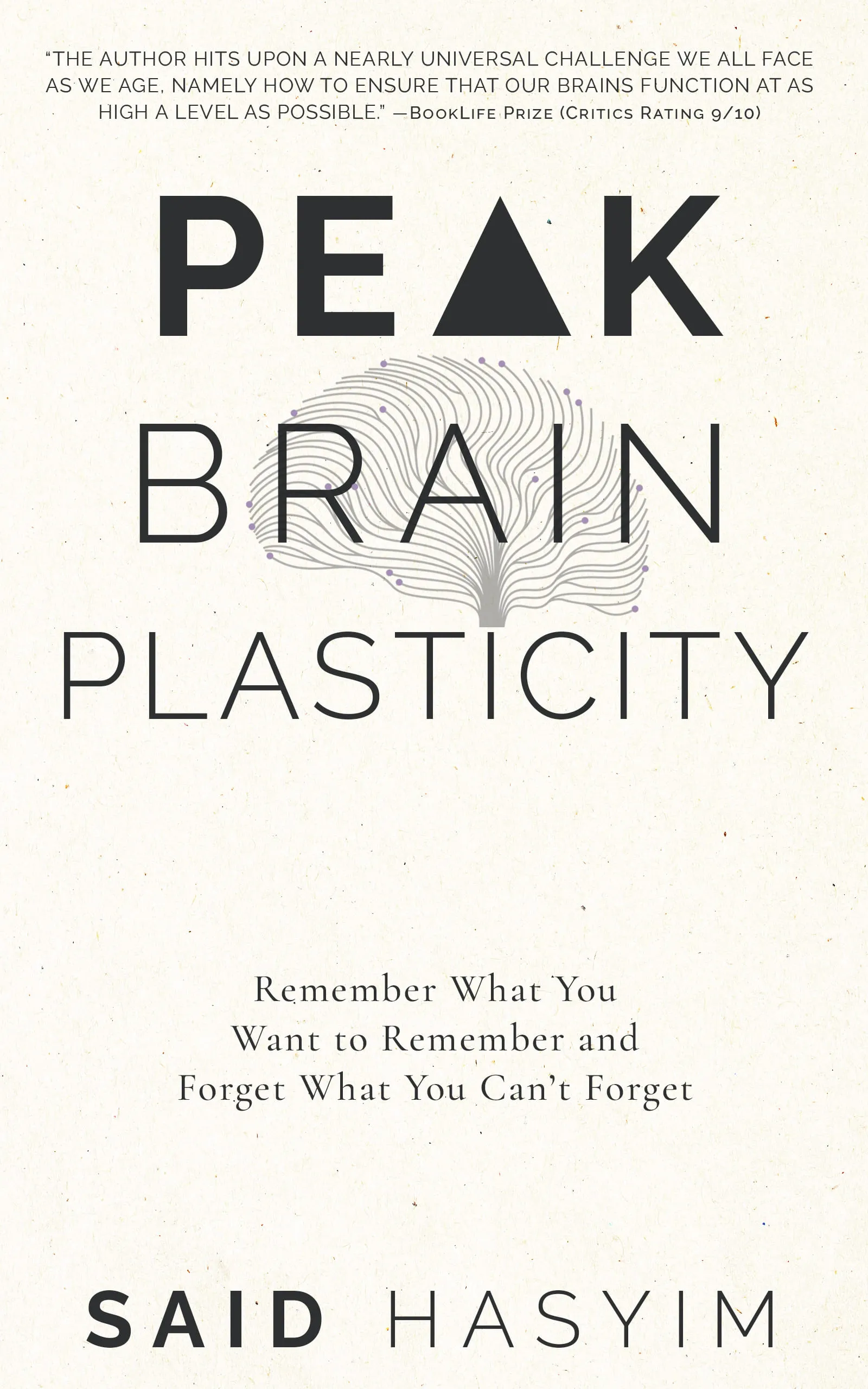Neuroplasticity: The Brain’s Path to Recovery
Throughout history, the human brain has been a source of fascination for scientists, psychologists, and biologists. Its complexities and capabilities are profound, and one of the most groundbreaking discoveries in neuroscience is the phenomenon of neuroplasticity. This ability of the brain to reorganize itself by forming new neural connections allows it to adapt and recover from injury or trauma. In this blog post, we will delve into the concept of neuroplasticity, explore its implications for recovery, and discuss practical ways to harness this incredible potential.
What is Neuroplasticity?
Neuroplasticity, often referred to as brain plasticity or neural plasticity, is the brain’s remarkable ability to change and adapt throughout a person's life. This can occur in response to learning, experience, or injury. Historically, it was believed that the brain's structure was relatively fixed after a certain age, but research has shown that it is far more dynamic and capable of change.
The Mechanisms of Neuroplasticity
Neuroplasticity can be broadly classified into two types: functional plasticity and structural plasticity.
Functional Plasticity: This type of plasticity occurs when the brain is able to move functions from damaged areas to undamaged areas. For instance, after a stroke, the unaffected regions of the brain can take over roles previously carried out by the injured parts.
Structural Plasticity: This involves the physical changes in the brain's structure in response to learning or environmental changes. For example, the formation of new synapses—connections between neurons—can occur when we learn new skills or acquire new information.
The Role of Neuroplasticity in Recovery
Neuroplasticity plays a crucial role in recovery from injuries, especially brain injuries like strokes, concussions, and traumatic brain injuries (TBIs). The following are key ways in which neuroplasticity facilitates recovery:
1. Rehabilitation After Stroke
After a stroke, some connections in the brain may be damaged, leading to loss of motor skills, speech, or cognitive function. Through a process called "retraining," unaffected areas of the brain can be encouraged to take over these lost functions. Rehabilitation therapies, such as physical therapy and occupational therapy, often leverage neuroplasticity principles to stimulate recovery. The more the patient practices a skill, the stronger the connections in the brain become.
2. Recovery from Traumatic Brain Injury (TBI)
Traumatic brain injuries create a complex challenge for recovery, but neuroplasticity offers hope. Treatment programs designed for TBI patients often involve cognitive and physical exercises aimed at stimulating brain areas that remain intact. Over time, with consistent and targeted practice, these exercises can lead to the re-establishment of lost functions and skills.
3. Mental Health and Neuroplasticity
Neuroplasticity is also relevant to mental health. Conditions such as depression, anxiety, and PTSD have been linked to negative patterns of thought and behavior that can be altered through neuroplastic changes. Therapeutic approaches, including cognitive behavioral therapy (CBT) and mindfulness practices, can create new neural pathways, helping individuals develop healthier coping mechanisms and thought processes.
Practical Applications: Harnessing Neuroplasticity
Understanding neuroplasticity gives us a powerful tool to enhance our lives and improve recovery outcomes. Here are some practical strategies to harness the benefits of neuroplasticity:
1. Engage in Ongoing Learning
Continuing to challenge your brain through lifelong learning can promote neuroplasticity. Engage in activities such as learning a new language, playing a musical instrument, or even mastering a new skill. These activities create new neural connections, keeping the brain agile.
2. Practice Mindfulness and Meditation
Mindfulness and meditation have been shown to enhance neuroplasticity by promoting emotional regulation and reducing stress. Regular practice can help alter the brain's structure in favorable ways, promoting overall mental well-being.
3. Implement a Consistent Exercise Regimen
Physical exercise has profound effects on brain health. Regular cardiovascular activities can lead to the growth of new neurons and improved cognitive function. Moreover, exercise enhances mood, reduces anxiety, and encourages the release of neurotransmitters that promote well-being.
4. Foster Strong Social Connections
Social interactions are vital for brain health. Engaging in conversations and building meaningful connections can stimulate brain function and promote better cognitive health, thanks to the social and emotional learning that occurs through these interactions.
5. Seek Professional Help
For individuals recovering from injury or those dealing with mental health challenges, seeking the help of a psychologist or therapist knowledgeable in neuroplasticity can facilitate targeted strategies for recovery. Personalized therapy can leverage the principles of neuroplasticity to assist individuals in developing new thought patterns and coping strategies.
Conclusion
Neuroplasticity is an extraordinary testament to the brain's resilience and adaptability. It provides hope and strategies for recovery from injury and mental health challenges. By understanding and embracing neuroplasticity, individuals can actively participate in their healing journeys or enhance their cognitive capabilities throughout life.
The path to recovery may not be straightforward, but it is attainable. By fostering an environment conducive to neuroplasticity, we can enhance our brain's ability to heal, adapt, and thrive. As science continues to uncover the potential of the brain, it is evident that the journey does not merely end with injury or limitation; it opens doors to new possibilities and growth. In this journey, the brain's ability to rewire itself stands as a beacon of hope and a catalyst for transformation.
Harness the Power of Neuroplasticity
Discover Peak Brain Plasticity, a practical book to harnessing neuroplasticity. Enhance your memory, learn new languages quickly, and alleviate anxiety with effective study methods. Uncover daily habits that impact cognitive health and explore techniques for accelerated learning and memory retention. Unlock your brain's potential for growth and transformation.
